Rising Demand for Renewable Energy
The increasing emphasis on renewable energy sources is a pivotal driver for the Insulated Wire and Cable Market. As nations strive to meet energy transition goals, the demand for insulated wires and cables in solar and wind energy applications is surging. For instance, the International Energy Agency projects that renewable energy capacity will expand significantly, necessitating robust insulated wiring solutions to ensure efficient energy transmission. This trend is likely to bolster the insulated wire and cable sector, as manufacturers adapt to the specific requirements of renewable energy systems, thereby enhancing their product offerings and market presence.
Increased Focus on Safety Standards
The heightened focus on safety standards and regulations is a vital driver for the Insulated Wire and Cable Market. As industries become more aware of the risks associated with electrical installations, the demand for high-quality insulated cables that comply with stringent safety regulations is on the rise. Regulatory bodies are continuously updating standards to ensure the safety and reliability of electrical systems, which in turn propels the insulated wire and cable market. Manufacturers are compelled to enhance their product quality and certification processes, thereby fostering a competitive environment that prioritizes safety and performance.
Urbanization and Smart City Initiatives
The ongoing trend of urbanization and the development of smart city initiatives are significantly influencing the Insulated Wire and Cable Market. As urban areas expand, the need for advanced electrical infrastructure becomes paramount. Smart cities require sophisticated wiring solutions to support various technologies, including IoT devices and smart grids. This demand is expected to drive the insulated wire and cable market, as municipalities and developers seek reliable and efficient wiring systems to enhance urban living. The integration of smart technologies into urban planning is likely to create new opportunities for manufacturers in the insulated wire and cable sector.
Expansion of Electric Vehicle Infrastructure
The rapid growth of the electric vehicle (EV) market is a crucial factor influencing the Insulated Wire and Cable Market. As governments and private sectors invest heavily in EV infrastructure, the demand for high-quality insulated cables is expected to rise. According to recent data, The Insulated Wire and Cable Market is anticipated to reach substantial figures, necessitating extensive charging networks that rely on insulated wiring for safety and efficiency. This expansion not only supports the automotive sector but also propels the insulated wire and cable industry forward, as manufacturers innovate to meet the evolving needs of this burgeoning market.
Technological Innovations in Cable Manufacturing
Technological advancements in cable manufacturing processes are significantly impacting the Insulated Wire and Cable Market. Innovations such as improved insulation materials and enhanced production techniques are leading to the development of more efficient and durable cables. For example, the introduction of cross-linked polyethylene (XLPE) insulation has revolutionized the industry by providing superior thermal and electrical properties. This evolution in manufacturing technology is likely to attract new investments and drive competition, as companies strive to offer cutting-edge products that meet the increasing demands of various sectors, including construction and telecommunications.
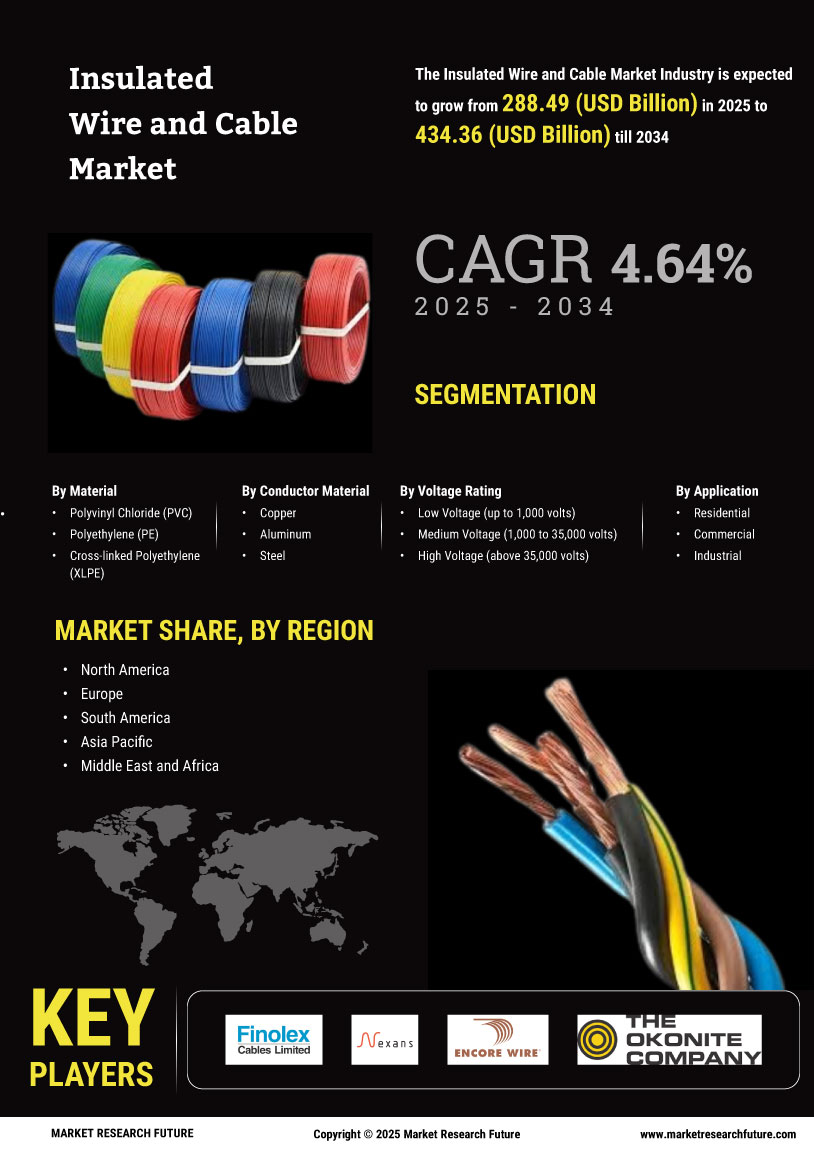
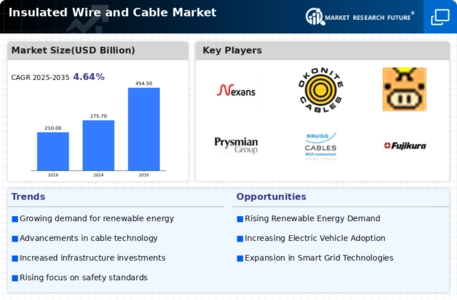
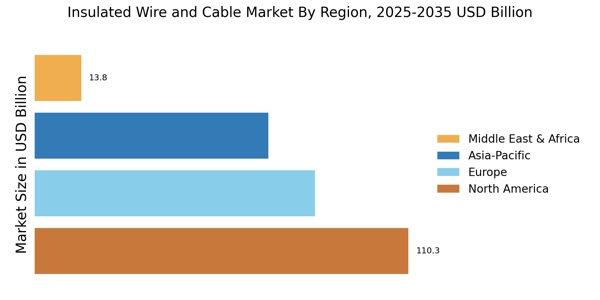
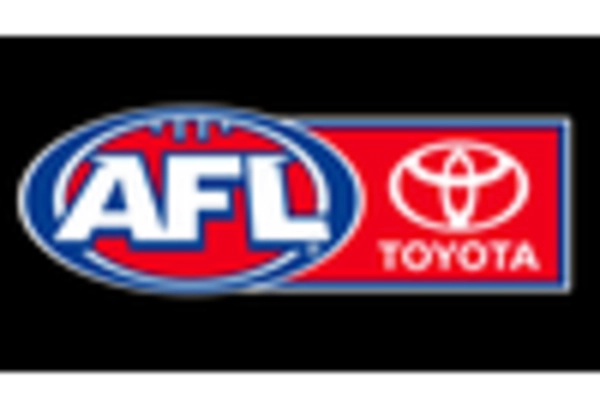
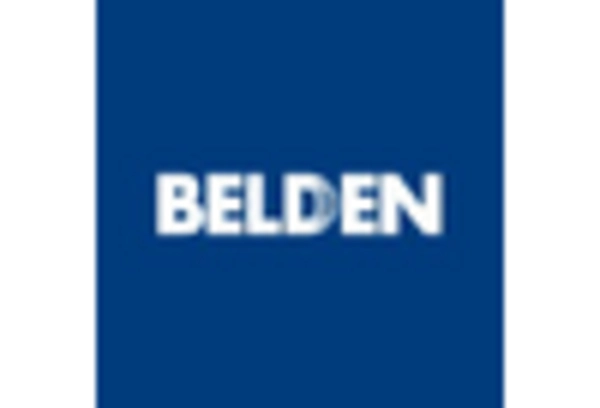
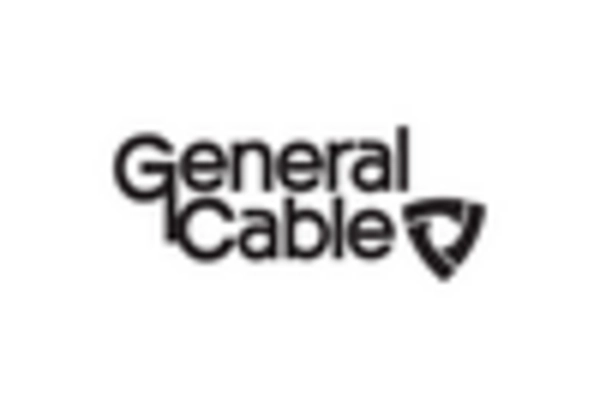
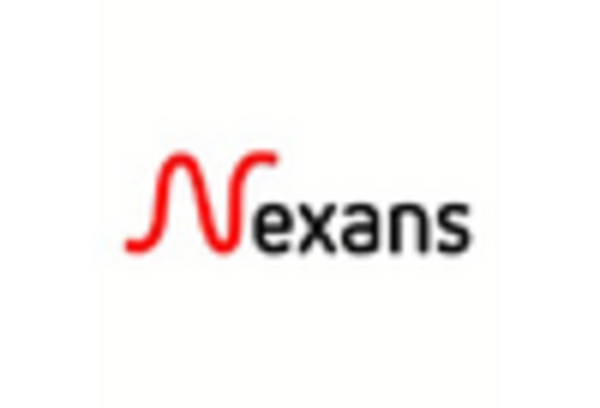










Leave a Comment